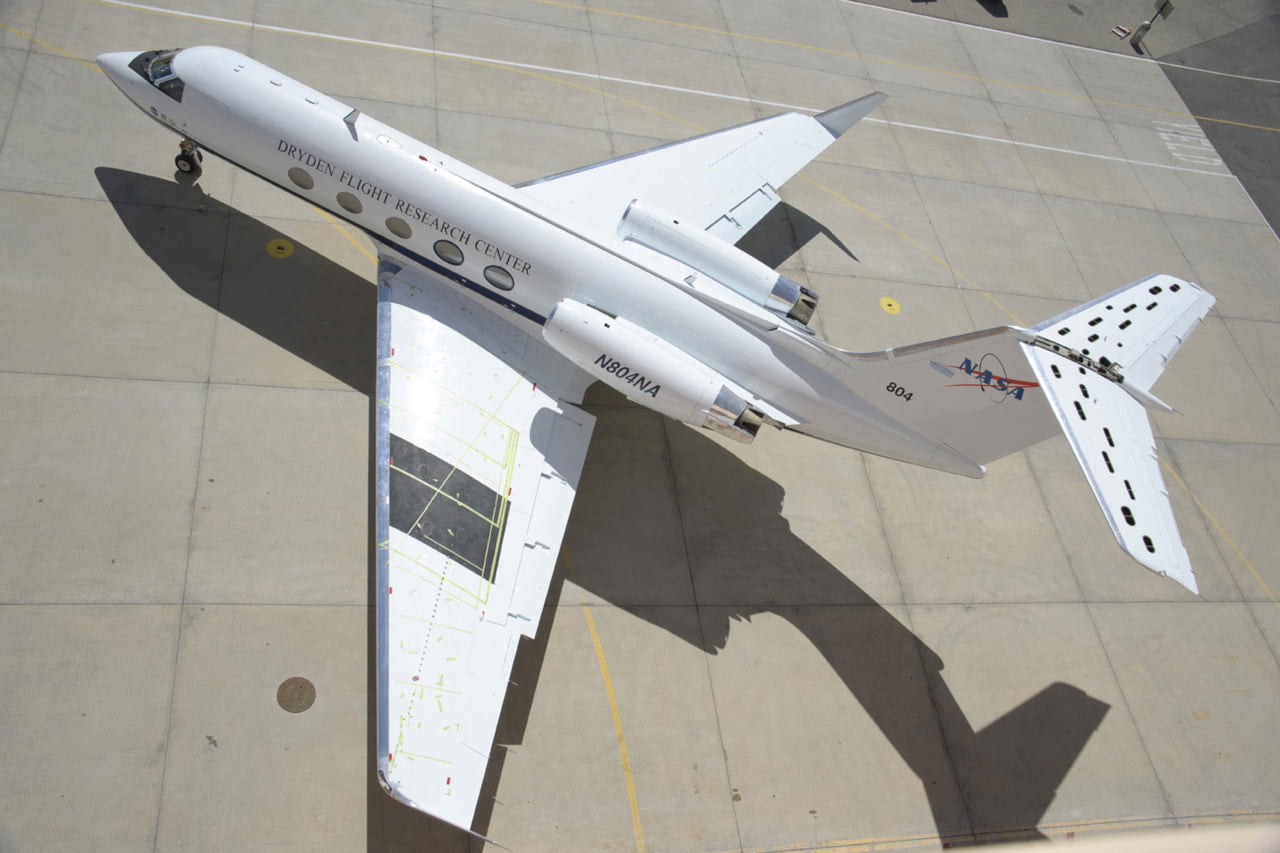New FYFD video! In which Dianna Cowern (Physics Girl) joins me to explore boundary layer transition and how a couple of small bits of roughness could be a huge problem for the Space Shuttle during re-entry. A lot of people have asked me what I did for my PhD research, and the truth is, I’ve never really discussed my own work here on FYFD. This video is probably the closest I’ve come. The story I tell about STS-114 is one that appears in the first chapter of my dissertation, and it did, in many respects, motivate my work exploring roughness effects on transition in Mach 6 boundary layers. I hope you enjoy my video, and don’t forget to check out Dianna’s video, too! (Video credit: N. Sharp/FYFD)
Tag: discrete roughness elements

Laminar Flow Control
On Wednesday, March 30, 2011 at 3:00 EDT NASA engineers are holding an online chat about a current project to achieve laminar flow control on business jet-class airplanes. Keeping flow over an airplane’s wings laminar could decrease the total drag on an airplane by as much as 15%. In particular, this project involves placing tiny hockey-puck-shaped discrete roughness elements (DREs) along the front of the wing. These DREs are positioned such that they perturb the mean-flow over the wing at a higher frequency than the naturally most unstable frequency; as a result, flow actually remains laminar over a greater extent of the wing than would normally be the case. For more on the technical ideas, see this NASA blog post or feel free to ask questions in the comments. #
Full disclosure: This project is being conducted in joint with professors with whom I work, and the subject matter is related to my own research.

